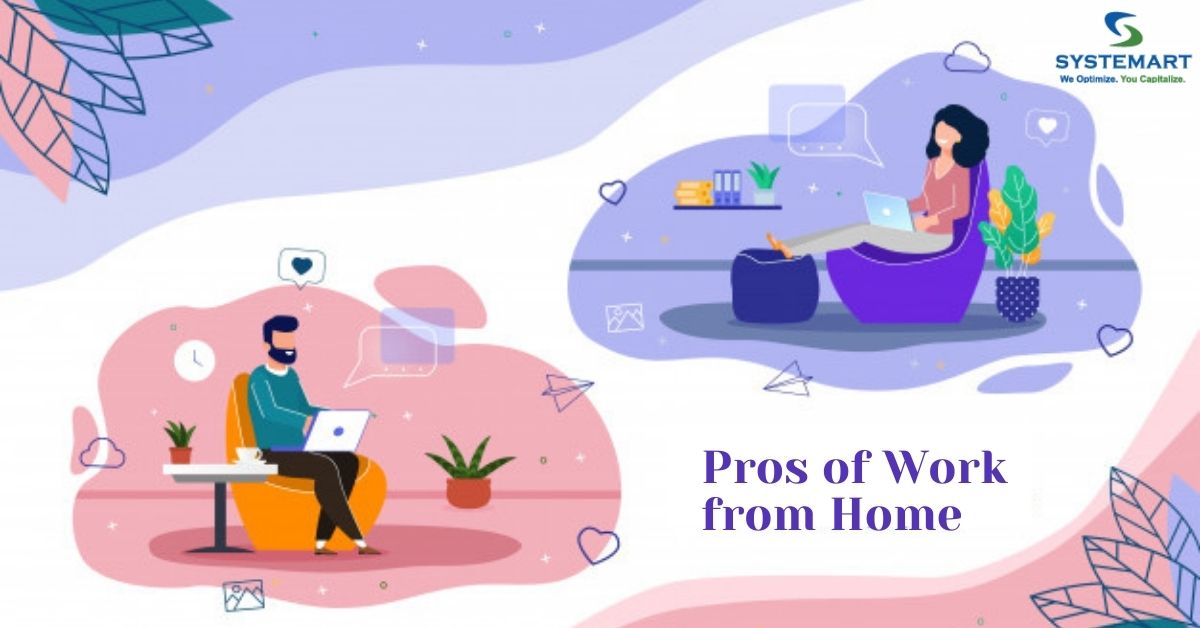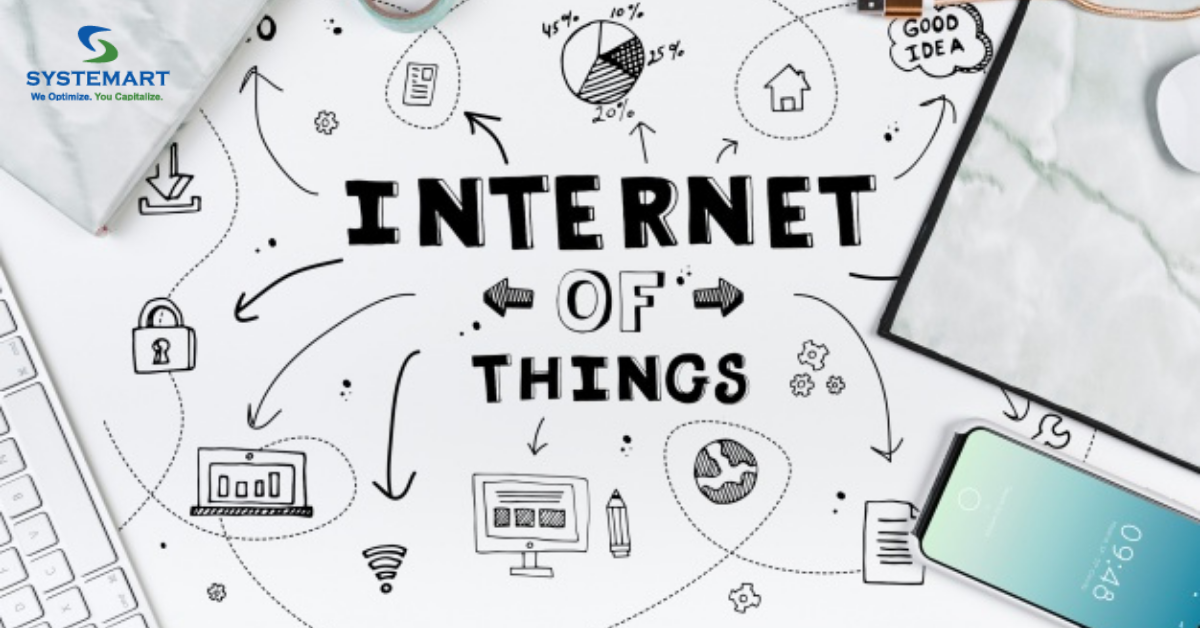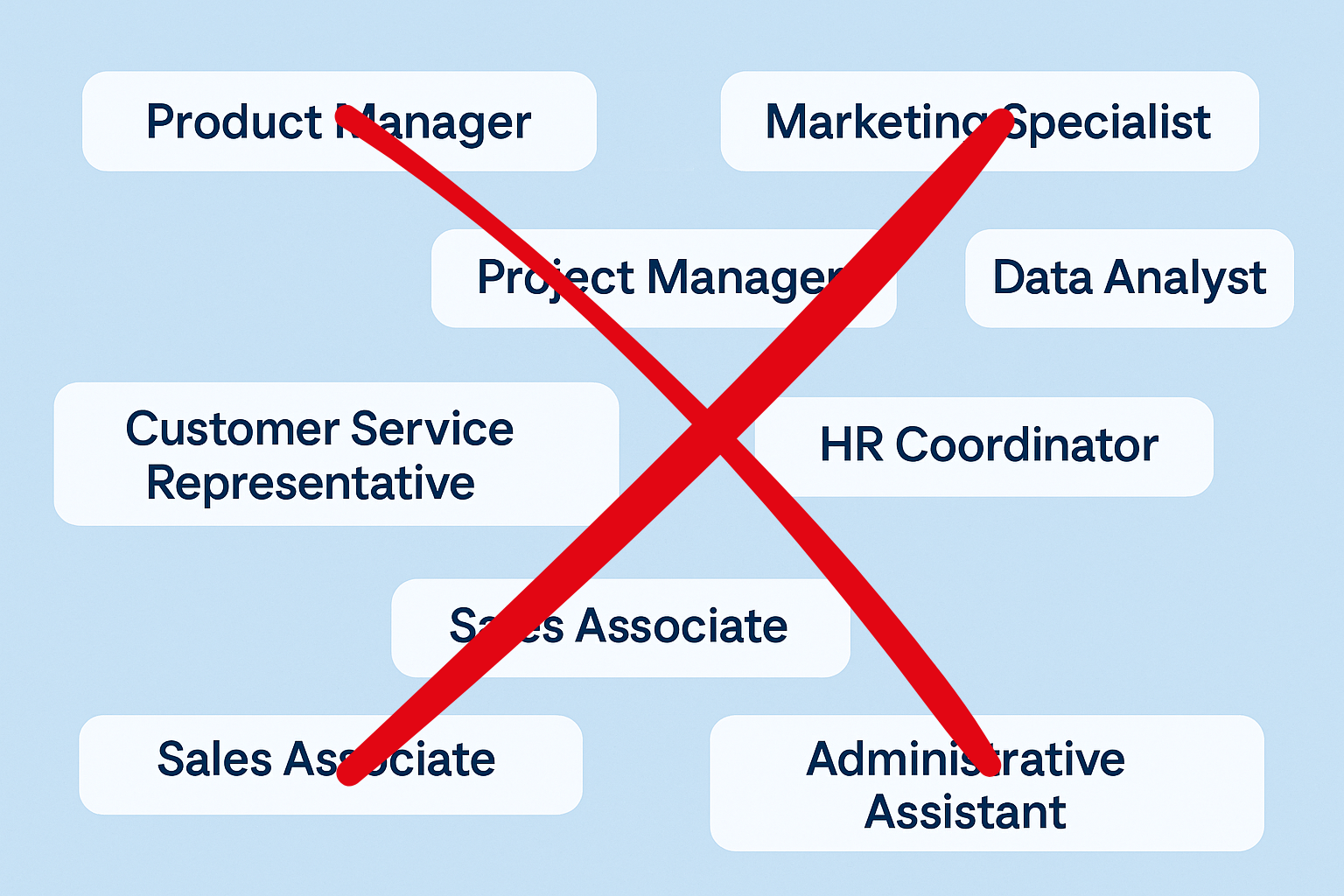The pandemic that started with the beginning of 2020 and still is in the force had brought to the forefront the absolute incapacity of our mechanisms to overrule our dependency on chance rather than preparation. The immediate requirement for the essentials and healthcare equipment put unprecedented pressure on manufacturers, healthcare workers and warehousing & logistics companies for their timely operations while still maintaining the safety measures in the midst of a global pandemic and facing swiftly decreasing workforce and labour personnel. In short, while a lot of the industries were cutting out employees due to the recession that was slowly but surely coming, a few of the industries were at a loss of the reduced workforce in the face of increased workload. This pandemic however, initiated the technological revolution that had been stagnant in a number of industries, especially small or medium sized ones. The need for stringent safety protocol adherence and at the same time requirement for a multitude of automated operations over manually operated mechanisms; accelerated the transition towards an artificial intelligence-based ecosystem. The inability of enterprises to jump from a conventional system of operations to a more modernized and digitized mechanism over the years had been hidden under the veil of an ‘over time’ working personnel, but the cutting down of the number of people entering a premise and coming in contact while working, a situation as dire as a pandemic was a wake-up call for major organizations to start working on their operational structures and transition towards a more reliable, error-free, time saving mechanical infrastructure. One major change that came into effect was the reliance on remote working and monitoring of the site, this grand inclusion of remote operations saving a multitude of people their jobs and at the same time tuning in to the comforts of work from home. The resulting increase in employee performance and at the same time employee satisfaction has been greatly realized with the overall improvement in business performance, keeping in mind the situation at hand. To maintain a safe distance between people while coping with the increasing demands of the consumers led to an IoT based regulatory system, especially in places still dominated by personnel appointment. From using IoT sensors and scanners to go forth with contactless identification and entry, to putting up strict instructions and procedures to be adhered to, various organizations have established a culture of secure administration. The health care sector was the worst affected industry due to the pandemic, the only industry expected to come up with a solution to the situation as well. Coming in contact with patients on a regular basis, the need for a remote monitoring system was felt by the health care workers, a number of hospitals eventually employing IoT based ‘no contact’ systems to keep a check on the health of their patients. The pandemic required a number of patients to be treated in the protection of their homes; with proactive sensors monitoring their movements, heart rates, temperature and the like. IoT based wearables have extensively been used in the past, but especially during the pandemic to monitor patient health. Timely alarms for injection and medication intake had been scheduled over the net, connected to the medication dispenser, the compliance of the same snoozing off the alarm till the next day. All the sectors, when it comes to deploying a certain service or product are somehow related, manufacturing and production is the initial stage. That is to say, for any healthcare, warehousing or retail-based enterprise to run, the factories had to be running and producing at a fast pace. Added to this high demand of essential production was the need to cut down on the workforce employed, for the purpose of safety as well as the crumbling economy. Manufacturing facilities, being one that had to be running, even though for reduced hours, moved towards a more automated ecosystem, trying to make up for the lost workforce, improving the quality while reducing the time and effort invested. With the expansive rise in the need for transporting essentials, basic healthcare commodities, exhaustive perishables during the pandemic, and most of these transactions being online (no contact) transactions; warehouses across the globe were under unkempt pressure to get the orders through, on time with on par quality standards while still maintaining the desired level of cleanliness and hygiene. Wearing protective gear and addressing fellow personnel from a distance, while ensuring that the operations are carried forward in an ethical manner with ensured quality standards and adherence to all have been monitored through AI and ML-based cameras and sensors, capable of notifying higher authorities in case of deviations. Similar to every other industry, the retail sector also had to face the repercussions of being inadequately prepared in the on-take of the situation, smaller retailers with timid investment capabilities to move towards e-commerce being worse hit than those who were able to make the transition or had already been dealing with their customers online. With the internet of things, a smooth but swift shift was made by major retailers, firstly minimizing the number of products they were dealing in and providing customers with contactless ‘online payment’ methods. Even for the stores that were open and running, certain guidelines initiated were managed with AI and IoT led technologies, allowing managers and owners to review the operations of the facility remotely. Sensors evaluating a person’s body heat, the distance between fellow customers or employees, the absence of protective gear and masks; were installed across premises, monitoring the employee and customer practices and maintaining an overall secure environment. The banking sector was one of constant engagement, even during the COVID-19 pandemic. The need for monetary transactions did not change, however, simply altered their medium; from people going to the ATM units or the bank branches, a shift was made towards digital services, contactless transactions and online payments. Banking apps on mobile phones or any device with a digital interface being used to look into your account, pay or receive money, pay bills and recharge your devices. While these services are nothing new and were established years ago, the adoption of the same has seen exponential growth. The internet of things accelerated this system of digital banking, allowing this sector to continue growing throughout the pandemic period. Even with online banking, there hasn’t been a complete shift and a number of customers still prefer visiting a branch. For the overall safety, certain measures such as social distancing and hygiene protocols have been established and are being looked over with the help of IoT based bank security surveillance systems. The IP cameras and sensors, trained to capture any violation of COVID-19 guidelines notify authorities in real-time. During the pandemic, the global leaders felt the need for staying updated, learning about the increase in COVID-19 affected patients, their countries, their revival and death rates and so on, leading them to create COVID-19 dashboards to record the cumulative global data with every country coming out with its own regional or national monitoring system. All these systems being connected to one another were employed to automatically update the sites, depicting the worldwide and regional demographics and graphs, their country wise distribution, travelling regulations and social distancing adherence. While a pandemic of 2020 brought on a great deal of misfortune to thousands of people across the globe, shutting down businesses, increasing unemployment, it also resulted in the sudden development of some enterprises, especially those dealing with essential commodities or those capable of making the transition towards a more automated and digitized system of operations. Work from Home

Major industries that witnessed the growth of IoT employment:
Healthcare
Production and manufacturing

Warehousing
Retail
BFSI
COVID -19 Dashboard
Conclusion
Role of IoT during Covid-19 pandemic

Recent Articles

24-Dec-2025
Looking Back at 2025: Gratitude, Grit, and a ...
As 2025 ends, it feels less like an ending and more like a pause. A moment to breathe and reflect. A moment to look around. A moment to acknowledge th...

08-Dec-2025
The End of Job Titles: Why Skills, Outputs, a...
Recently, a business column made an unusual observation - several Fortune 500 companies quietly removed 40+ job titles from their internal systems. Ti...

17-Nov-2025
Hiring For Energy And Outcomes Over Culture F...
This week a headline made the rounds in HR circles: companies are retiring “culture fit” and switching to “culture add.” Their argument is, hi...


